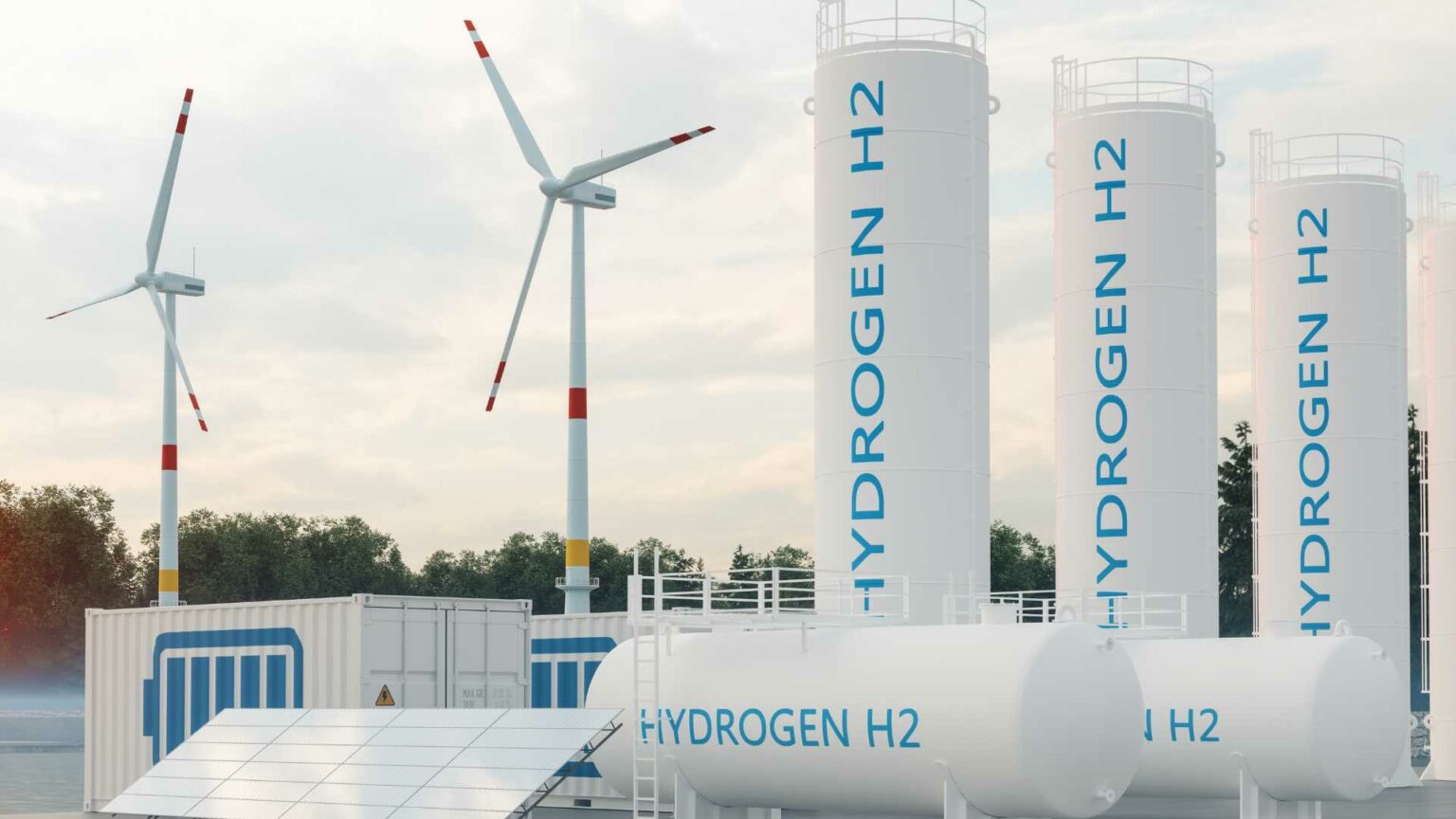In a groundbreaking study published in the International Journal of Hydrogen Energy, researchers Nima Javanshir, Simo Pekkinen, Annukka Santasalo-Aarnio, and Sanna Syri present detailed findings on the economic viability and optimal operational strategies for integrating wind power with green hydrogen production in Finland.
Titled “Green Hydrogen and Wind Synergy: Assessing Economic Benefits and Optimal Operational Strategies,” this research spans from 2019 to 2022, providing forward-looking insights extending to 2030.
The relevance of this study comes amid growing concerns regarding the economic feasibility of wind projects in Finland due to volatile electricity prices. By examining the integration of hydrogen production systems with wind farms, the study aims to enhance financial resilience and adaptability for wind producers.
The research utilized sophisticated modeling and optimization techniques to evaluate various wind farms in Western Finland. Key metrics analyzed include the internal rate of return (IRR), future value, net present value (NPV), and the levelized cost of hydrogen (LCOH). The study’s findings point to significant economic benefits from integrating hydrogen production with wind power. Specifically, the LCOH could potentially be reduced to €2.0/kgH2 by 2030 in typical and low electricity price scenarios, and even to €0.6/kgH2 during high-price scenarios.
The wind farm with the highest capacity factor demonstrated particularly noteworthy outcomes, achieving a 47% reduction in LCOH and a 22% increase in NPV. These results underscore the importance of strategic site selection and the necessity for adaptive operational plans for Proton Exchange Membrane Electrolyzer Cells (PEMEC) to maximize financial benefits.
With implications for the broader hydrogen market, this research highlights the potential for wind-hydrogen systems to stabilize financial returns and reduce costs, making them more competitive against standalone wind projects. The ability to produce hydrogen at a lower cost can make green hydrogen a more viable option for a variety of applications, ranging from industrial use to energy storage and even fuel for transportation.
The study emphasizes that carefully coordinated operational strategies and selecting optimal sites for wind farms are crucial for maximizing economic returns. As the hydrogen market evolves, this research provides valuable insights for stakeholders looking to invest in or manage wind-hydrogen systems, aiming for improved financial performance and sustainability in the energy sector.
